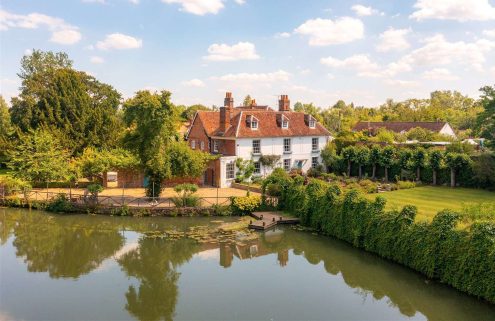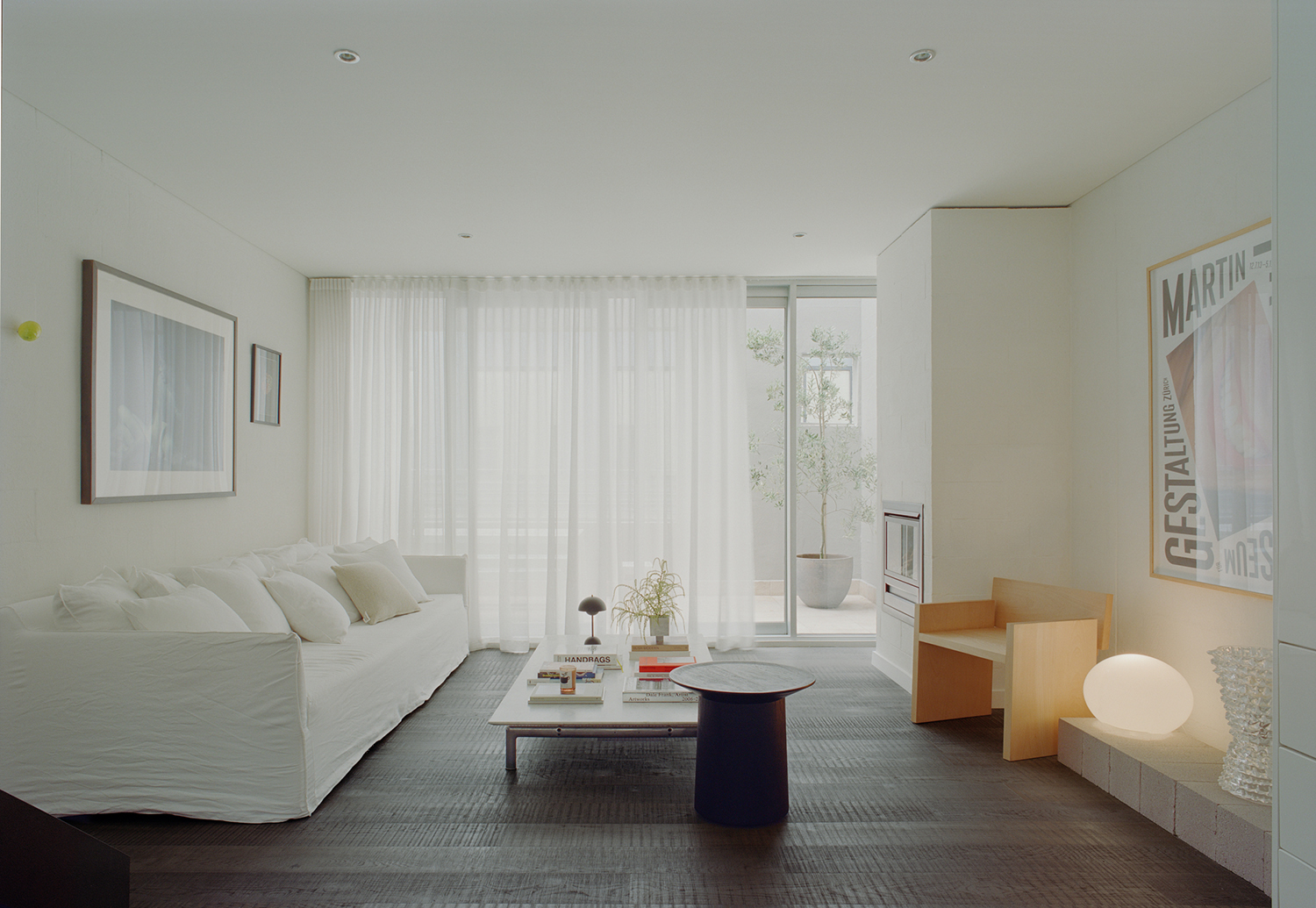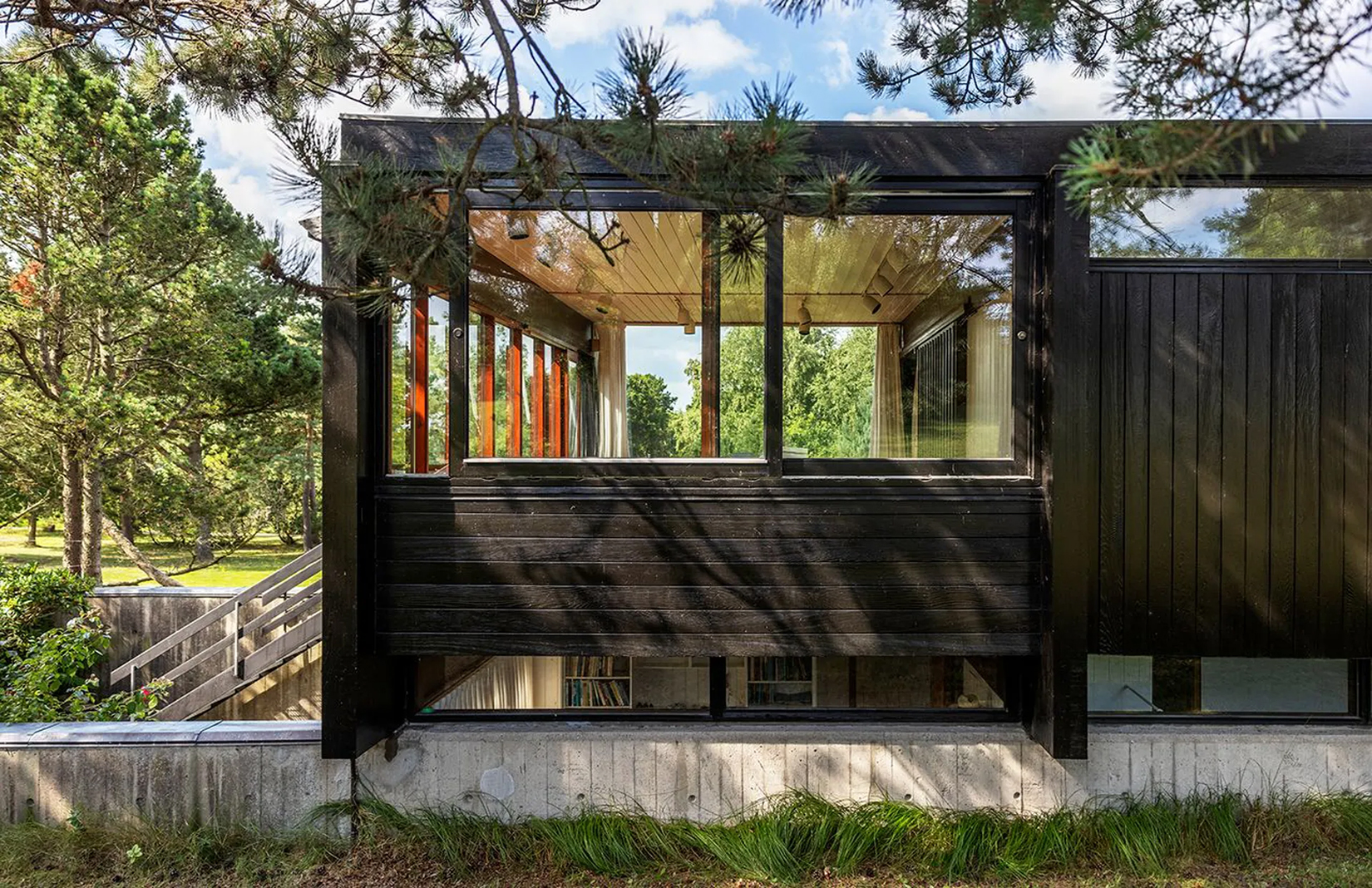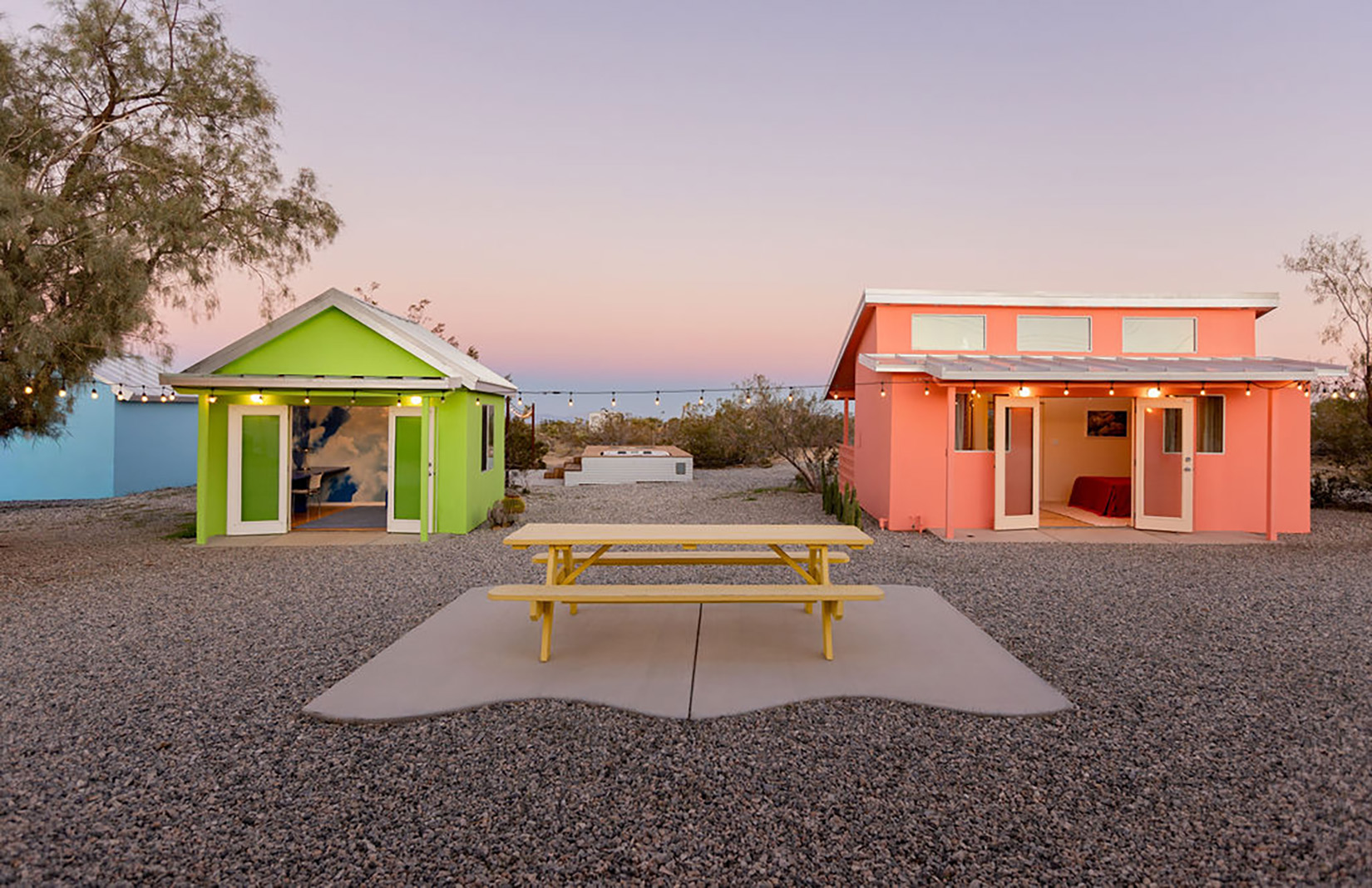Orson Welles’ Citizen Kane was made at the height of Hollywood’s so-called Golden Age, a time when studios controlled their stars and super-producers like Louis B Mayer reigned supreme. David Fincher’s Mank, which tells the story of how legendary screenwriter Herman J Mankiewicz wrote one of the greatest films of all time, is a faithful reconstruction of Tinseltown as it appeared in the 1930s and early ’40s.

The unmistakable air of Old Hollywood glamour that infuses every frame of Mank was the result of months of planning and preparation by production designer Don Burt, who has worked on every Fincher release since 2007’s Zodiac.
Burt walks us through the key locations from the film, some of which were scouted by himself while others were created on studio soundstages – just as Welles would have done.
Kemper Campbell Ranch, Victorville, CA

‘At the very beginning David said to me, ‘I want [Mank] to feel like something that you would find in a vault; you pull it off the shelf next to Citizen Kane, and you go, ‘Oh, man, I didn’t realise that was made then.’ And when you watch it, it feels like everything about it was from that period.’’
‘We wanted to stay based in Los Angeles, as much as we could. We had two outlier locations in the script, one being Hearst Castle, which back then was called San Simeon, and the other being North Verde Ranch, which is now called Kemper Campbell. The actual ranch is quite accessible – right next to where the old Route 66 ran through California – and to our benefit, it’s in much the same state as it was back in the day. All we really had to do was revamp the patio and take away air conditioners and electrical boxes that weren’t period correct.’

‘The interiors of the ranch were built on a soundstage, but all the exteriors were filmed at Kemper Campbell. It was kind of unbelievable to find it in such good condition. For the most part, the bones of the building and all the structural elements are still intact. We had to do a little bit of restoration; the original building was made of Adobe blocks with exposed wooden beams which needed to be rehabbed, and at some point, a modern concrete patio was put in. So we excavated all of that and brought in flagstone that was more inherent to the desert surroundings.’
‘The whole tale of Mankiewicz going to the ranch to write was new to me, so I went out there to take a look and get more grounded in the story. Then David and I went back a couple of weeks later. We walked the whole interior and took copious notes and photographs of the architecture.’

We wanted the space to be more than just a room that Mankiewicz was put into a bed. David’s idea was, let’s pull him out and have him set up in a sort of a living room. So the challenge was, how do we give it depth? How do we make it into something more so that when we’re filming in there, and we keep going back to these shots of Mankiewicz laying in recovery, there’s something more interesting to it.’
Hearst Castle, San Simeon, CA

‘We found out early on that they don’t allow filming at Hearst Castle. Believe it or not, the only thing they’ve given filming permission to is a Lady Gaga music video, and she was only allowed to shoot around the pool. So we had to build sets to shoot the interiors on. The only set we didn’t build was the bedroom where Mankiewicz awakens to the screams of Marion Davis when she’s on the pyre set. It was a simple little scene, and we were able to utilise a location in Malibu for that.’

‘The rest of the Castle interiors were a different story, because architecturally San Simeon is a convergence of so many styles – Spanish colonial revival meets neoclassicism meets Renaissance meets gothic. There’s a story that Hearst went to Spain and bought a monastery, disassembled it, and brought it back and reassembled it within Hearst Castle. Every room is like that.’
‘Luckily we had access to lots of reference photos. For the dining hall scene, for example, we knew that tapestries were important, and there was a long, narrow dining table that they would sit at, and around the room there were elaborate fireplaces and gothic tracery in the doorways. We didn’t have the budget to replicate what Hearst Castle is, so it became a mission of, let’s not try to replicate it, let’s try to emulate it for the purpose of our story.’

Courtesy Netflix

San Simeon interior hall, VFX. Courtesy Don Burt/ Netflix

Courtesy Netflix

Courtesy Netflix

Courtesy Netflix
‘For Louis B Mayer’s birthday party scene, which again is set in Hearst Castle, we scouted a location in Beverly Hills – I think it was Clark Gable or someone’s house – but we realised that the expense of renting the space, plus all the cost of having to do to the lighting of it, wasn’t worth it. We had already planned on building the dining room, so we ended up converting that set for the birthday party. By changing out fireplaces and reconfiguring windows into panelled walls, we were able to reuse the same space.’

Huntington Library and Botanical Gardens, San Marino, CA
‘The exteriors of Hearst Castle were filmed at Huntington Gardens, which is in the San Marino area of Los Angeles close to Pasadena. We brought in our own stone walls and our own lamp posts and our own stone benches and some statuary to make it feel like the exterior grounds of San Simeon in its pomp. Our whole approach to San Simeon was, let’s keep it simple and build complexity within that simplicity.’

‘I’ve never been to Hearst Castle; I didn’t want to go. Instead, I did research, looking at photographs from the period which I wanted to get into my memory in order to create a visual language for the film. Having done that, I looked at some of the key elements of Hearst Castle and made decisions on what I felt was important for us to keep./

For the exteriors, there were these sculpted lamp posts with these round glowing globes on top, and these long stone walls and a few stone benches. The whole film was about immersing yourself in the period.’
Paramount Studios, Los Angeles, CA

‘A lot of the old Hollywood studios are fairly well preserved. But in Los Angeles, you have to be so selective in your approach to locations. You might only be able to shoot from one side of the street because there’s a building on the other side that isn’t period correct. At first glance, the Paramount studio looks like it did in the day. It’s only when you get in there and start to walk around that you realise it’s quite a bit different. There was a lot of work to do to eliminate things and to simplify things. It took quite a bit of scouting to say, “Okay, we can shoot down this passageway but then we have to do some CG work in the background here.’’’

‘We wanted to contrast Paramount with the MGM lot, which was starting to lean toward art deco by the 1930s. Although we took some license on that because it wasn’t until after [Irving] Thalberg died that MGM started to look more like how we needed it to.
But we wanted to show a contrast: MGM being the elite studio, the money maker of this great city. And again, we had to clean up things – it could be something as mundane as a security camera or a fire hydrant, or metal doors that should have been wooden doors. But inside the sound stages are pretty close to what they were back in the day.’
























